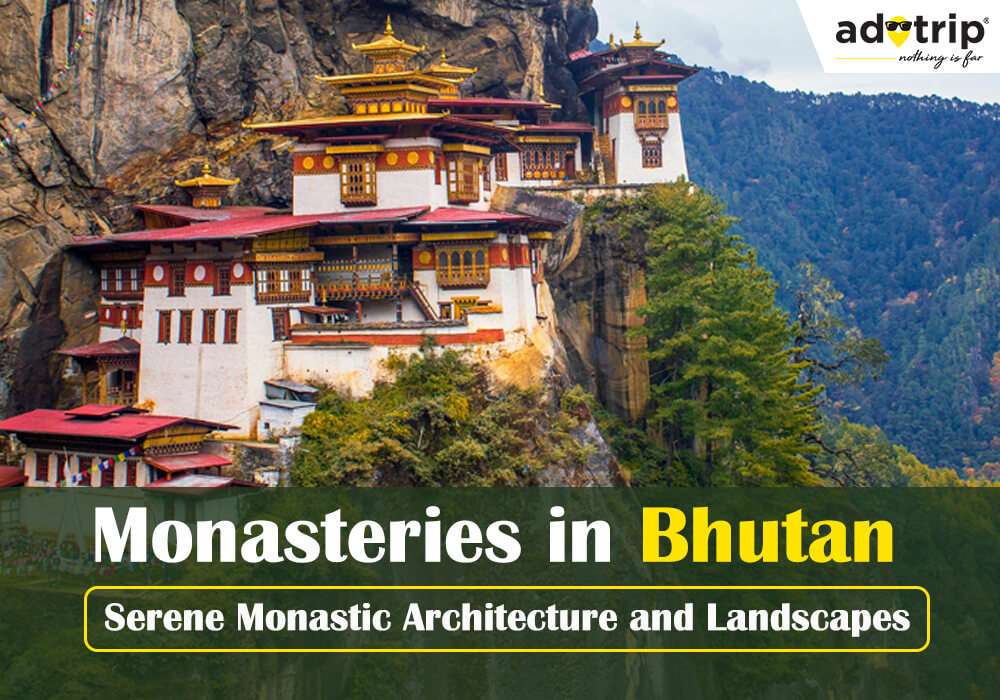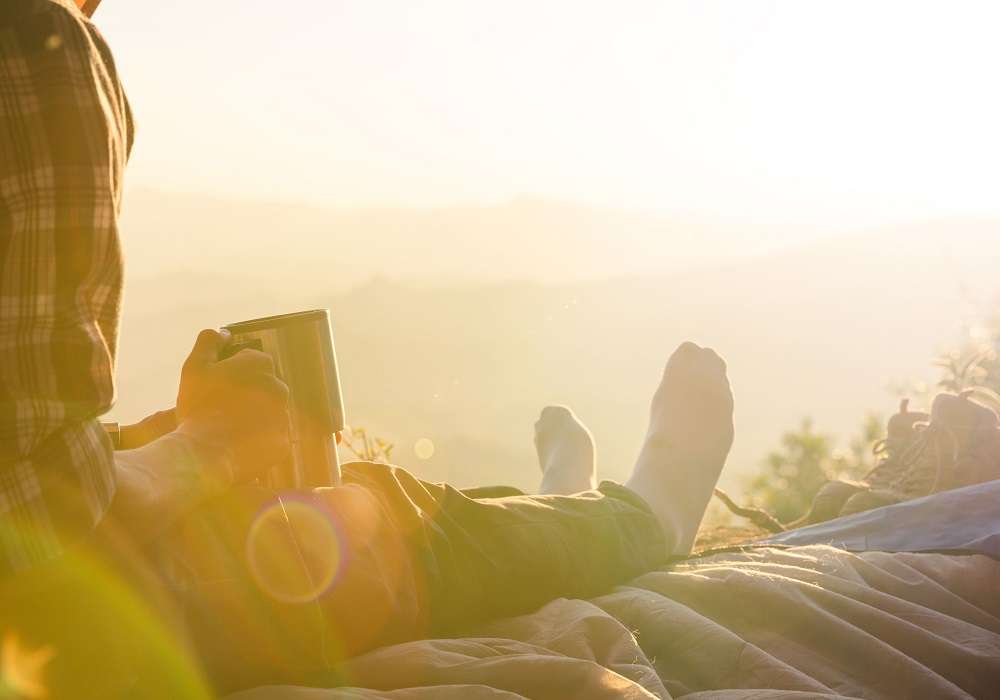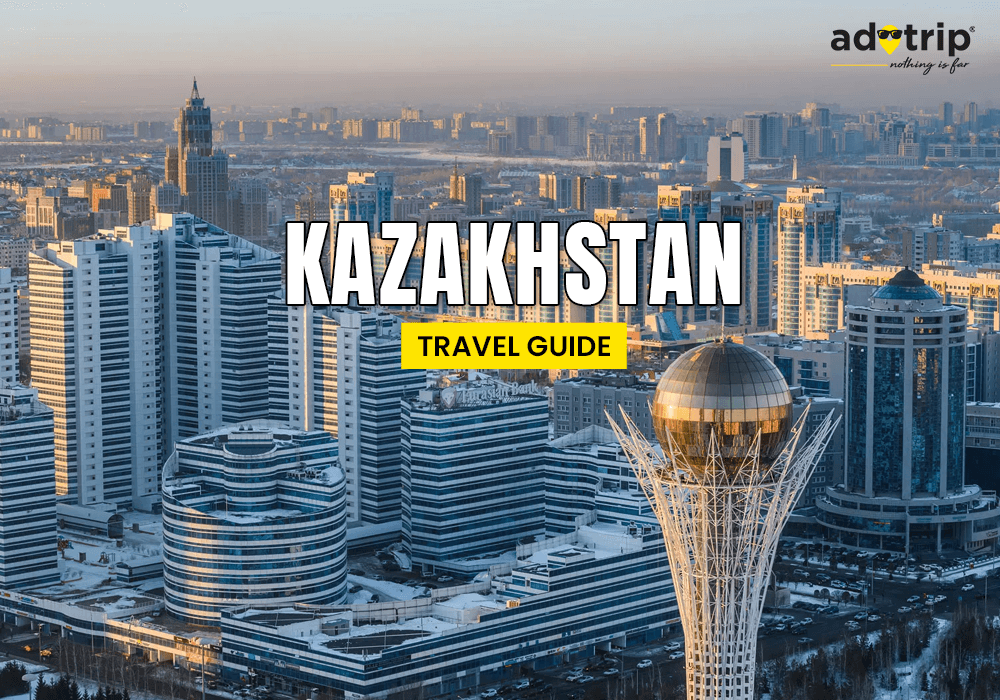
Last Updated At: 27-Mar-2024
10 Famous Monasteries in Bhutan 2024
The ancient Bhutanese monasteries, also known as the "Land of the Thunder Dragon," are evidence of the country's strong commitment to Buddhism. These holy locations are not simply places of worship but also repose and reflection, dispersed throughout Bhutan's untamed landscape. Bhutan's monasteries entice visitors with their magnificent design, tranquil atmosphere, and spiritual significance. These include the well-known Taktsang Palphug Monastery, also known as the "Tiger's Nest," placed spectacularly on a cliffside. Each trip to one of these monastic retreats is an immersion into Bhutan's rich spiritual and cultural heritage.
List Of 10 Famous Monasteries in Bhutan
Here are some of the best meditation retreats in Bhutan mentioned below:-
- Taktshang Monastery | Perched on a Cliffside in Bhutan's Lush Paro Valley
- Punakha Dzong | A Serene Fortress-Monastery Surrounded by Greenery
- Gangtey Monastery | Monastery Overlooking the Tranquil Phobjikha Valley
- Rinpung Dzong | A Peaceful Bhutanese Fortress- Monastery
- Chimi Lhakhang | A Charming Temple in the Bhutanese Countryside
- Kyichu Lhakhang | An Ancient and Peaceful Temple in Paro
- Tamshing Lhakhang | A Serene Monastery in Bumthang
- Kila Goenpa | A Tranquil Retreat For Monks and Nuns
- Phajoding Monastery | The Monastery Offering Stunning Mountain Views
- Tango Monastery | Monastery Nestled in a Peaceful Area
1. Taktshang Monastery | Perched on a Cliffside in Bhutan's Lush Paro Valley
Bhutan's majestic Taktshang Monastery, often known as the "Tiger's Nest," is sacred in the Himalayas. This revered Buddhist temple, perched perilously on a cliff, provides breathtaking panoramas of the neighbouring mountains and valleys. It serves as a symbol of Bhutan's rich cultural legacy and a place of prayer. The monastery is accessible only via a strenuous hike, which adds to its charm and mysticism. The Taktshang Monastery shows how religion and environment coexist in this captivating Himalayan nation.
2. Punakha Dzong | A Serene Fortress-Monastery Surrounded by Greenery
The Pho Chhu and Mo Chhu rivers meet at the Punakha Dzong, a spectacular fortress monastery in Bhutan. It was the capital of Bhutan until the 1950s and is renowned for its beautiful architecture and historical significance. The dzong is a visual marvel thanks to its beautiful woodwork, whitewashed walls, and vivid gardens. It remains a hub for religious and administrative operations, where significant religious treasures are kept. Punakha Dzong is a symbol of Bhutan's illustrious spiritual and cultural traditions.
Read More: Famous Festival Of Bhutan
3. Gangtey Monastery | Monastery Overlooking the Tranquil Phobjikha Valley
Gangtey Monastery, sometimes called Gangtey Gonpa or Gangtey Shedra, is a well-known Buddhist temple in Bhutan's picturesque Phobjikha Valley. Exploring Bhutan's sacred sites is important for religious studies and meditation because of its calm setting and breathtaking valley views. The Gangtey Monastery is essential to maintaining Bhutanese tradition and Buddhism. This serene and attractive location in the centre of Bhutan has added cultural and spiritual value because its building incorporates traditional Bhutanese design.
4. Rinpung Dzong | A Peaceful Bhutanese Fortress- Monastery
In Bhutan's gorgeous Paro Valley, Rinpung Dzong, a spectacular fortress monastery, is a prominent landmark. This dzong, known for its exquisite architecture and extensive history, represents Bhutan's rich cultural legacy. Its wooden galleries, whitewashed walls, and soaring central use form a mesmerising visual spectacle. In addition to housing holy treasures, Rinpung Dzong functions as the Paro district's administrative hub. It witnesses Bhutan's peaceful fusion of spirituality and history from its perch alongside the Paro River.
Read More: Culture Of Bhutan
5. Chimi Lhakhang | A Charming Temple in the Bhutanese Countryside
Chimi Lhakhang, sometimes called the "Temple of the Divine Madman," is a distinctive and highly esteemed Buddhist temple in Bhutan's Punakha region. Drukpa Kunley, a great Tibetan saint renowned for his unusual teachings and funny approach to Buddhism, is the subject of this lovely monastery. Chimi Lhakhang is a well-known pilgrimage destination where people seek blessings for development and delivery, in addition to being a place of prayer and a symbol of fertility. Its charming architecture and lovely surroundings enhance the temple's charm in the verdant Bhutanese countryside.
6. Kyichu Lhakhang | An Ancient and Peaceful Temple in Paro
The Paro Valley is home to Kyichu Lhakhang, one of Bhutan's most revered and historic temples. It is valued for its historical and spiritual significance and is thought to have been built by the Tibetan emperor Songtsen Gampo in the seventh century. This serene temple is distinguished by its straightforward yet graceful design, embellished with exquisite frescoes and historical artefacts. Both locals and visitors continue to venerate Kyichu Lhakhang as a sacred location that provides a window into Bhutan's extensive cultural and religious history.
Read More: Famous Food Of Bhutan
7. Tamshing Lhakhang | A Serene Monastery in Bumthang
Tamshing Lhakhang, a major Buddhist temple with a long history, is in Bhutan's Bumthang Valley. It served as a significant centre for the Nyingma tradition of Tibetan Buddhism and was established in the 16th century by the legendary saint Pema Lingpa. Magnificent murals and holy objects decorate the temple's interior, offering fascinating insights into Bhutanese religious art and culture. Tamshing Lhakhang is still a revered place of worship, supporting the preservation of Bhutan's aesthetic and spiritual traditions.
8. Kila Goenpa | A Tranquil Retreat For Monks and Nuns
In the Bhutanese Himalayas, a lonely Buddhist monastery called Kila Goenpa is positioned unexpectedly on a cliffside. This spiritual retreat, which is only reachable by a strenuous reach, offers beautiful views of the Paro Valley. The revered Lama Drukpa Kinley built the monastery and served as a location for contemplation and the search for enlightenment. For those seeking tranquillity, a closer relationship with nature, and a taste of Bhutanese spirituality, it is a haven due to its isolation and breathtaking surroundings.
Read More: Things To Do In Bhutan
9. Phajoding Monastery | The Monastery Offering Stunning Mountain Views
A hidden spiritual jewel in the mountains close to Thimphu, Bhutan, is the Phajoding Monastery. This remote hideaway is 3,600 meters above sea level and is only accessible by a strenuous climb. The monastery, built in the thirteenth century, is a serene retreat surrounded by an unspoiled environment. It offers breathtaking remote Buddhist monastic life, making it a popular destination for pilgrims looking for peace and spiritual comfort amidst the magnificence of nature.
10. Tango Monastery | Monastery Nestled in a Peaceful Area
Bhutan's Tango Monastery is a revered Buddhist site renowned for its illustrious past and magnificent design. This 13th-century monastery is of great religious significance and is a hub for Buddhist studies and meditation. It provides amazing views of the nearby mountains while tucked away in a haven of lush vegetation. Pilgrims and vacationers stop by Tango Monastery to experience its meditative atmosphere and learn more about Bhutan's rich cultural history.
Adotrip can be your ideal travel companion for exploring Bhutan's charm and awe-inspiring monasteries. With our assistance, you can access comprehensive travel itineraries, book accommodations, and discover the best routes to reach monasteries in the region. Let us make your visit seamless and memorable, ensuring you don't miss a drop of natural beauty.
Read More: Places To Visit In Bhutan
With us, nothing is far!
Book Bhutan Tour Packages
Frequently Asked Questions about the Monasteries in Bhutan
Q1. What is the significance of monasteries in Bhutanese culture and religion?
A1. Bhutanese culture and religion are centred around monasteries. They act as centres for religious instruction, meditation, and social gatherings, maintaining and transmitting the distinctive Buddhist tradition that underpins Bhutanese culture.
Q2. Which are some of the most renowned monasteries to visit in Bhutan?
A2. Here are some renowned monasteries to visit in Bhutan:-
- Punakha Dzong
- Tiger's Nest Monastery
- Gangtey Monastery
- Kyichu Lhakhang
- Haa Wangchuklo Dzong
- Thimphu Chorten
Q3. How do monasteries contribute to the spiritual and social life of local communities?
A3. Bhutan's monasteries are essential to the country's spiritual and social life. Through rituals, festivals, and social support, they provide spiritual guidance, education, and a sense of community, establishing cultural ties.
Q4. Can travellers participate in any cultural or religious activities at Bhutanese monasteries?
A4. Yes, Bhutanese monasteries often host cultural and religious events for visitors to take part in. These could include partaking in prayer service festivals and being blessed, providing a rich spiritual and cultural experience.
Q5. What architectural features make Bhutanese monasteries stand out?
A5. Bhutanese monasteries are renowned for their particular architectural elements, including finely carved woodwork, bright paintings, whitewashed walls, and fortress-like structures with dzongs, symbolising an elegant fusion of aesthetics and spirituality.
Q6. Are there any monasteries that offer panoramic views of the surrounding landscapes?
A6. Yes, many Bhutan monastery architecture offers beautiful 360-degree views of the countryside. The Phobjikha Valley's Gangtey Monastery and the Tiger's Nest Monastery's perched clifftop locations offer breathtaking natural views.
Q7. How can visitors show respect and follow proper etiquette when visiting Bhutanese monasteries?
A7. Dress modestly, remove your shoes before entering, and stay quiet during prayer times. Ask for permission before taking any pictures, don't step on anything sacred, and behave respectfully as local tour guides advise.
Q8. Are there any festivals or events held at monasteries that travellers can witness?
A8. Yes, tourists can see lively festivals at monasteries in Bhutan, such as the Paro Tsechu at Rinpung Dzong or yearly events at several monasteries that feature masked dances, religious rites, and cultural events.
Q9. What role do monastic schools and education play in Bhutan's society?
A9. Bhutan's monastic institutions, which provide instruction in Buddhism, culture, and traditional arts, are essential. They help to uphold moral standards, foster moral ideals, and give young people spiritual direction.
Q10. Are there any hidden or lesser-known monasteries that offer unique experiences for visitors?
A10. Yes, Bhutan has undiscovered gems like Phajoding Monastery, which is less popular with tourists and offers a genuine and peaceful experience. Although it requires a trek, the advantages include scenic beauty and cultural immersion.
--- Published By Adotrip
Latest Blogs

Long Weekends In India 2025 - List of Holidays

Kazakhstan Travel Guide 2025: Affordable Luxury, Visa Free E...

Think Ayodhya is Just Temples? Discover Its Hidden Artistic...

Why Azerbaijan is the Best Budget Friendly Alternative to Sw...











 (1).jpg)


 Dubai
Dubai Malaysia
Malaysia USA
USA





